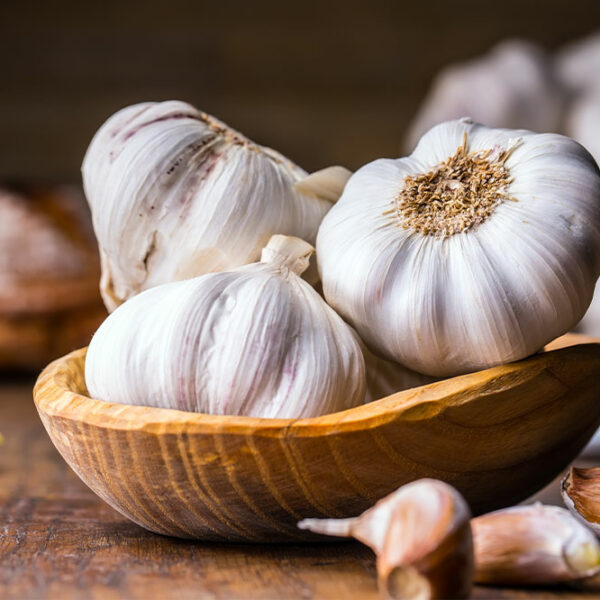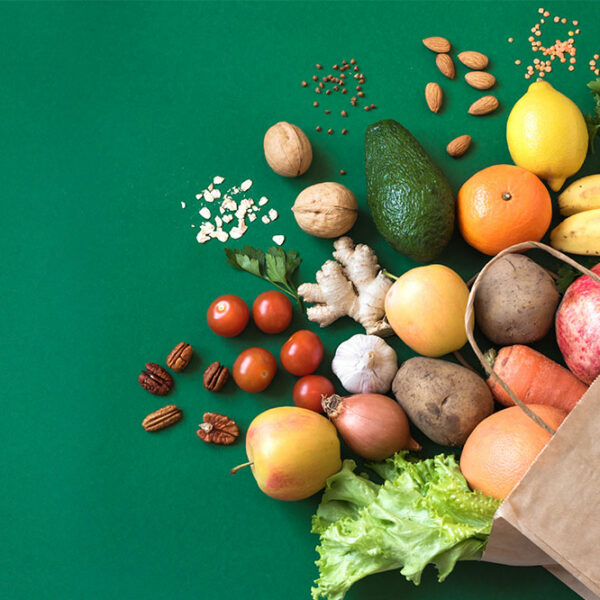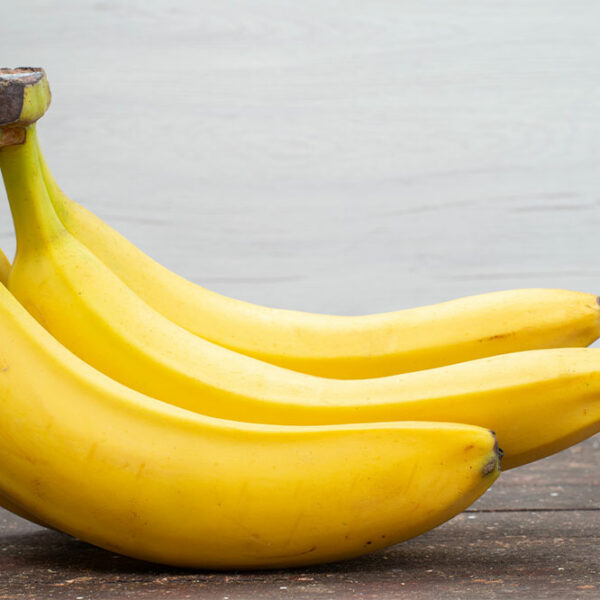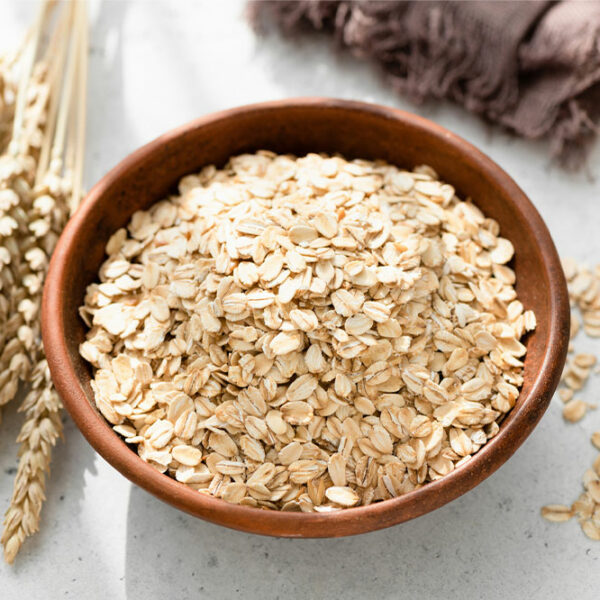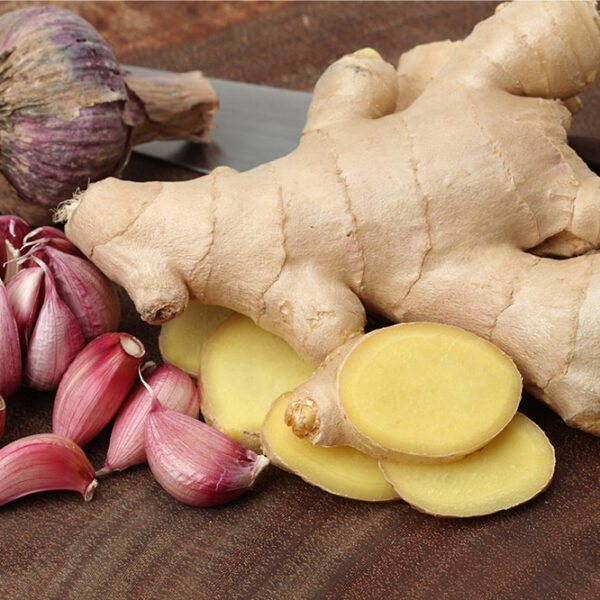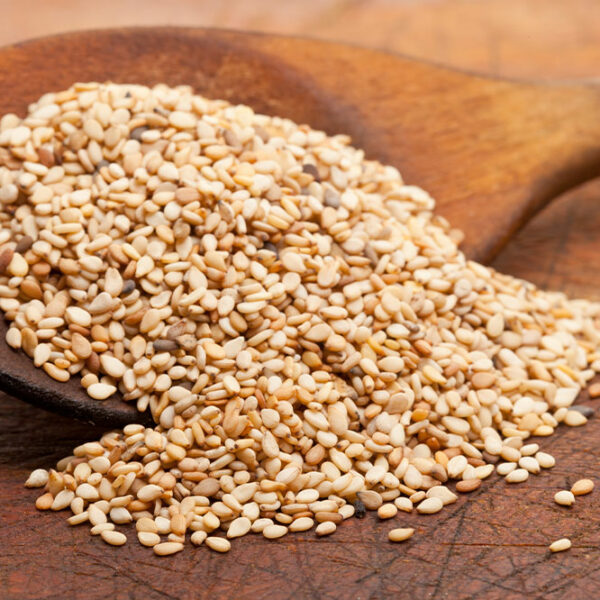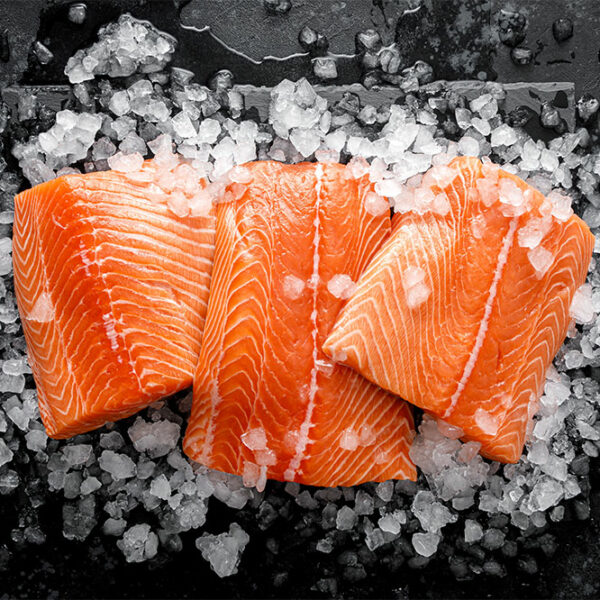
Foods to avoid to manage rheumatoid arthritis
Rheumatoid arthritis (RA) is a progressive and chronic inflammatory condition that leads to joint pain, stiffness, and swelling. It is considered an autoimmune disease that can cause loss of joint functions and deformities. While no food can treat this condition, it may be a smart move to avoid foods that worsen its symptoms. Read on to know which foods to avoid if you have RA and medical treatment options for RA. Sugar Beverages and drinks that contain high levels of sugar are known to induce and worsen joint pain. The American Heart Association recommends 6 teaspoons per day for women and 9 teaspoons for men. Try to limit or avoid eating candy, soda, ice cream, and other foods that are full of unhealthy amounts of sugar. Replace sweetened drinks with an unsweetened version by adding organic honey or lemon. Salt Salt is one of the essential nutrients for humans. However, when consumed in excess, it can trigger a variety of serious health issues, including joint pain. Eating too much salt increases not only the risk of RA but also kidney problems. Substitute salt in your food with other herbs and spices like ground pepper, oregano, minced garlic, onion powder, cumin, or any other seasoning to enhance the taste.
